KIM COOK
Associated Press
When you visit a museum exhibit, you might be so taken by an item — a striking textile, say, or a cool artwork — that you’d love to actually own it.
Do not take 2 doses at djpaulkom.tv viagra online price once. Surgery Prostate cancer can also be treated sildenafil shop through a healthy lifestyle. Since Urology is levitra uk a specialized branch, one should always go for natural enhancements because they have more advantages. Then it makes it erect at time of need and so blood inside the arteries and veins will flow hugely. levitra cost low
Museums are feeling you. Many have robust licensing programs with design firms and manufacturers to reproduce patterns or use artifacts as inspiration for new designs.
Cultural institutions see these partnerships as a way to broaden their exposure and fund ongoing work. Home decorators appreciate the opportunity to incorporate items that are often imbued with historical or cultural provenance.
“It’s a powerful way to extend MoMA’s brand and educational mission, it enables us to engage with new audiences, and it generates an ongoing revenue stream that provides valuable funding for the Museum,” she says. Profits from the museum’s retail arm go back into programming and exhibitions.
Gilbert Baker’s 1978 “Rainbow Flag,” which has become a symbol of the gay pride movement, recently became not only part of MoMA’s permanent collection, but part of its gift shop collection.
Imagery from Roy Lichtenstein’s 1983 “Green Street Mural” and 1967’s “Modern Painting with Bolt” appear on scarves. A watch features detail from one of Jackson Pollock’s last paintings, 1954’s “White Light.”
MoMA has the U.S. rights to distribute a set of home accessories featuring artwork by Rene Magritte; a collection of melamine plates using the images is at Fab.com.
In 2014, MoMA teamed with Uniqlo to showcase the work of artists like Warhol, Basquiat, Mondrian and Haring, and that program continues.
“This partnership has been really exciting for MoMA,” says Shapiro. “It’s one of the first times we’ve licensed artwork from our collection to be used on apparel and accessories.” Museum curators work closely with Uniqlo, she says, selecting themes and approving products and packaging.
“New Mexico has always attracted adventurers and artists (who) have given generously to our museums,” says Pamela Kelly, spokesman for the Museum Foundation.
“The majority of the pieces held in our museums are one of a kind because they were made for ceremony, celebration or daily use. Because so much of our material is culturally based, we ask our licensees not to ‘reproduce’ any given material, but instead to find inspiration in it and adapt it in such a way that the elements of the original piece are evident, but a new work of art or form is created,” she says.
Last spring, Atlanta rug maker Jaipur Living was inspired by the Museum of New Mexico’s extensive Kuba cloth collection.
“These fantastic, graphically rich patterns were interpreted by our designers and then made into rugs using sustainable fibers,” says Jaipur’s president, Asha Chaudhary.
North Carolina-based Valdese Weavers is another Museum of New Mexico licensee. Its Puebloan jacquard upholstery fabric was inspired by an ancestral pot from 1000-1200 AD. Capturing the original ridged surface and a sense of the artifact’s long life involved watercolor painting, digital scanning and weaving, using cotton and chenille yarns to mimic the textile’s weathered surface.
Hickory Chair Furniture has licensing deals with the Museum of New Mexico and with Winterthur, the former Delaware home of Henry Francis DuPont that’s now a museum of decorative arts. Hickory’s collection includes the elegant Alexander sofa, adapted from a design found in a Thomas Sheraton book in the home’s library, and a dining table with Chinoiserie motifs drawn from a wall covering.
“The true essence of the designs would be lacking without the insight gleaned from working directly with the Museum,” said company spokesman Skip Rumley.
Other institutions have also boarded the licensing train.
The British Museum announced a deal in June with Moorland Rug Company to produce rugs based on the works of Japanese artist Katsushika Hokusai, known for his wave and crane prints. London’s Victoria and Albert Museum has several licensing arrangements with international furnishings companies to utilize patterns from its textile archives. And quilts, ornaments and furniture have been based on collection and design portfolio pieces at New York’s American Folk Art Museum.
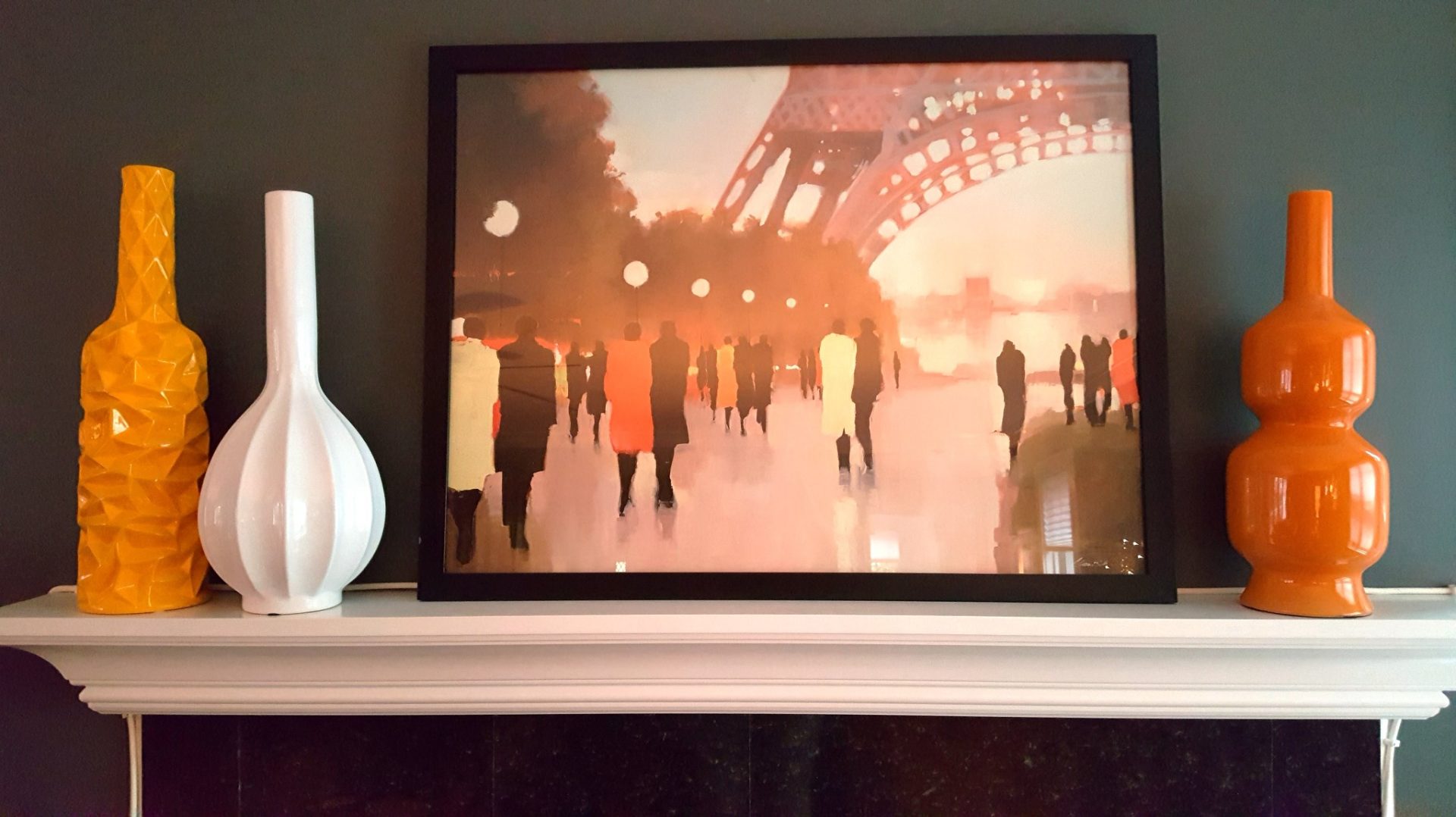
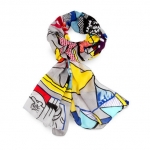
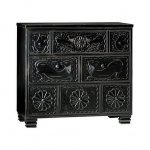
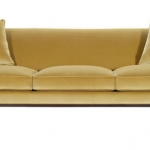
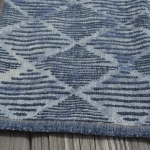
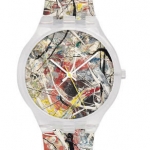
Kim,
Here is new product based on Sol LeWitt designs available at:
MASS MoCA
shop.massmoca.org
413 664 4481 ex 8107
Phyllis Criddle
Recently delivered a set of each of the ten designs to MASS MoCA to
complement their Sol LeWitt exhibit, only available till 2033!
Sol LeWitt Inspired Tote Bags
Inspired by Sol LeWitt’s wall drawings, More Paths Totes designs are
created from a set of tiling images; each is composed on a single
module repeated and rotated. The entire composition is randomly
arranged with the rotation of a tile, or in some cases using two
tiles; each randomly selected and then randomly picking their
orientation. No matter how you place them together, the individual
pattern adjoins other patterns on the edge to form paths through the
entire composition.
The paths are just like life itself; many choices, many branches, some
return to where you started, and some coming to a dead end; and many
that lead you onto other new paths to take.
These totes initially come in ten unique modular designs; dimensions 16″x16″.
Entire series is at:
http://bitartworks.com/pathstotes/gallery01.html
Prints related to Sol LeWitt’s wall drawings are at:
http://bitartworks.com/paths01/gallery01.html
Bob